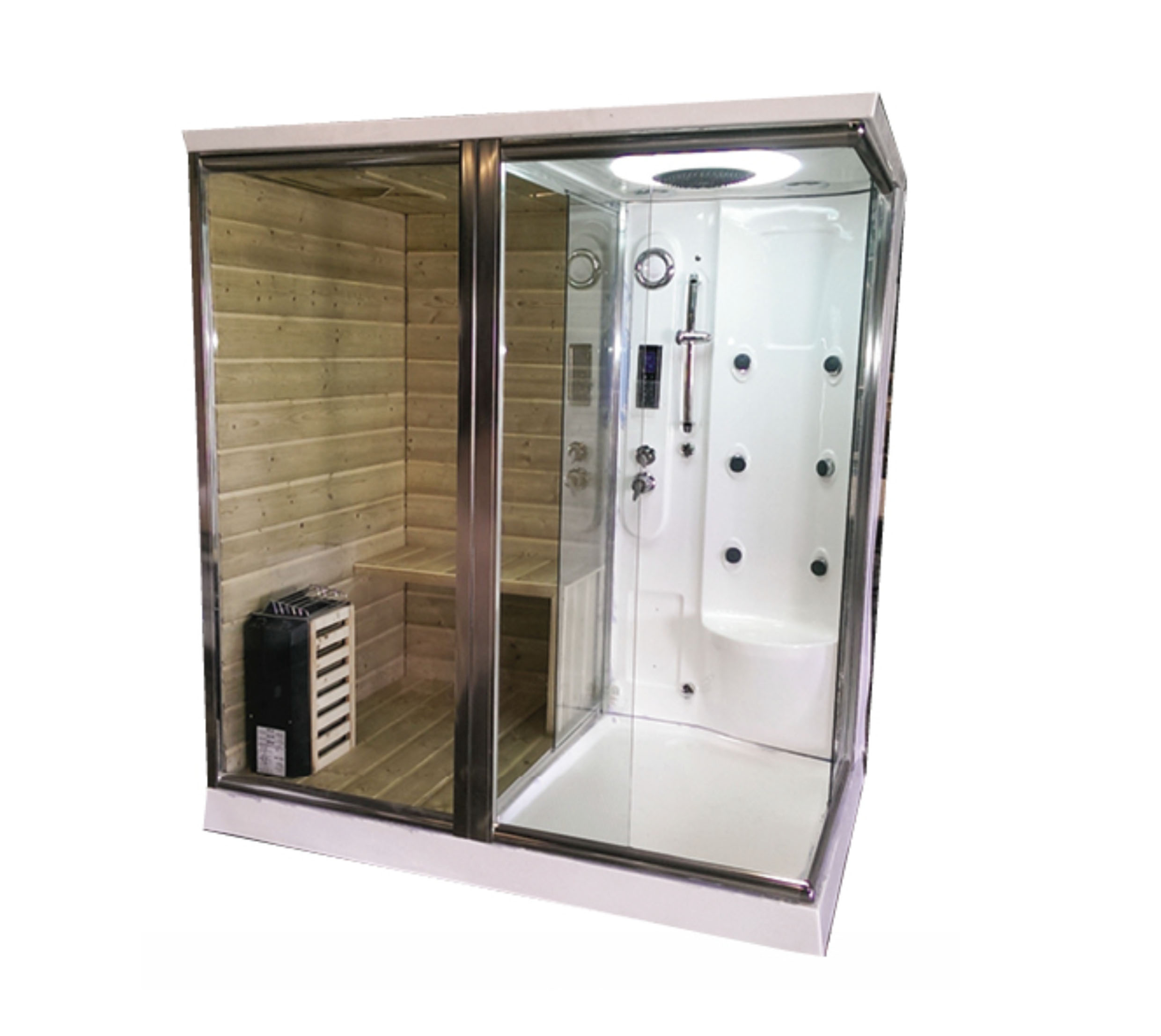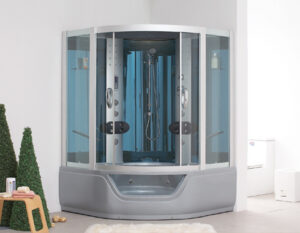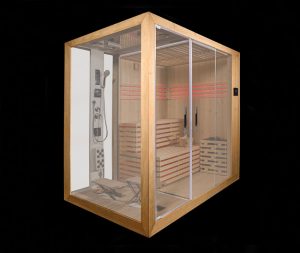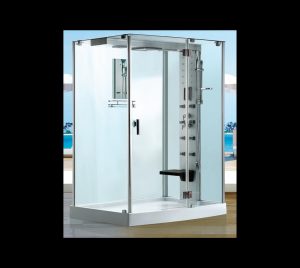Having a steam cabin in your home can be a fantastic way to unwind, relax, and enjoy some well-deserved self-care. Not only does it provide a spa-like experience right in the comfort of your own home, but it also offers health benefits like improved circulation, stress relief, and skin cleansing. If you’re considering installing a steam cabin, this guide will walk you through the process step by step, so you can enjoy the benefits of a steam cabin without the hassle of figuring it all out on your own.
Planning and Preparation
Before you start installing your steam cabin, it’s important to choose the right location. You’ll need a space that’s big enough to fit the cabin comfortably, with some extra room for movement and ventilation. Keep in mind that steam cabins create a lot of moisture, so you’ll want to choose a location that has good ventilation and can handle the extra humidity. A bathroom or a dedicated spa room is usually a good choice.
Once you’ve chosen your location, it’s time to gather all the tools and materials you’ll need. This includes things like the steam generator, the cabin kit, and any plumbing supplies you’ll need to connect everything. Make a list of everything you need and double-check that you have it all before you start.
It’s also a good idea to create a detailed plan and timeline for the installation process. This will help you stay organized and on track, and give you a better idea of how long the whole process will take. Plan out each step of the process, from preparing the space to installing the final touches, and estimate how much time you’ll need for each step.
Plumbing and Water Supply
One of the most important parts of installing a steam cabin is getting the plumbing and water supply set up correctly. You’ll need to connect the cabin to your main water supply, which may require some additional plumbing work. If you’re not comfortable doing this yourself, it’s a good idea to hire a professional plumber to help you out.
You’ll also need to install a drain for the cabin, to allow the excess water and steam to escape. Choose a location for the drain that’s close to the cabin and easy to access, and make sure to install a trap to prevent any unpleasant odors from escaping.
Finally, you’ll need to connect the steam generator to the water supply and drain lines. Follow the manufacturer’s instructions carefully, and make sure everything is securely connected and sealed to prevent leaks.
Electrical Considerations
Steam cabins require electricity to power the steam generator, lights, and other components, so it’s important to make sure you have the right electrical setup. You’ll need to determine the required voltage and amperage for your specific cabin and generator, and make sure you have a dedicated circuit that can handle the load.
If you’re not comfortable working with electricity, it’s a good idea to hire a professional electrician to help with this part of the installation. They can make sure everything is wired correctly and safely, and that your cabin is up to code.
When it comes to lighting and other electrical components, choose fixtures that are specifically designed for use in damp or wet environments. This will help prevent any potential safety hazards and ensure that your cabin is well-lit and comfortable.
Installing the Steam Cabin
Once you have the plumbing and electrical set up, it’s time to start installing the actual steam cabin. Begin by preparing the floor and walls of the space where the cabin will be installed. Make sure the surface is clean, dry, and level, and that there are no cracks or gaps that could allow moisture to seep through.
Next, install a waterproof membrane or moisture barrier to protect the walls and floor from damage. This is especially important if you’re installing the cabin in a bathroom or other damp space.
With the preparation work done, you can start assembling the cabin itself. Most cabin kits come with detailed instructions, so follow these carefully and take your time to ensure everything is lined up and secured properly. If you’re not sure about something, don’t hesitate to reach out to the manufacturer or a professional for guidance.
As you assemble the cabin, be sure to seal any joints or connections with silicone caulk to prevent leaks. Pay special attention to the door, as this is often the most vulnerable spot for leaks. Make sure the door is properly aligned and that it seals tightly when closed.
Safety and Maintenance
Safety should always be a top priority when installing and using a steam cabin. Make sure to install a pressure relief valve to prevent the buildup of excessive pressure inside the cabin. This is an important safety feature that can help prevent accidents and injuries.
Proper ventilation is also crucial for safety and comfort. Make sure there is adequate airflow in and out of the cabin to prevent the buildup of stale, humid air. This can be achieved through the use of vents, fans, or other ventilation systems.
Before using your new steam cabin for the first time, be sure to test everything thoroughly to make sure it’s working properly. Check for leaks, ensure that the steam generator is producing steam at the right temperature and pressure, and verify that all the controls and safety features are functioning correctly.
Regular maintenance and cleaning are also important for keeping your steam cabin in top condition. Follow the manufacturer’s instructions for cleaning the cabin and steam generator, and be sure to inspect and replace any worn or damaged components as needed.
Conclusion
Installing a steam cabin in your home can be a big project, but with careful planning and attention to detail, it’s a task that most DIY enthusiasts can handle. By following the steps outlined in this guide, you’ll be able to enjoy all the benefits of a steam cabin without the hassle and expense of professional installation.
Remember to take your time, follow instructions carefully, and always prioritize safety. With a little patience and perseverance, you’ll soon be relaxing in your very own steam cabin, enjoying all the health and wellness benefits that come with it.
If you run into any issues or have questions along the way, don’t hesitate to reach out to the manufacturer or a professional for guidance. With the right support and resources, you can confidently tackle this project and enjoy your new steam cabin for years to come.




